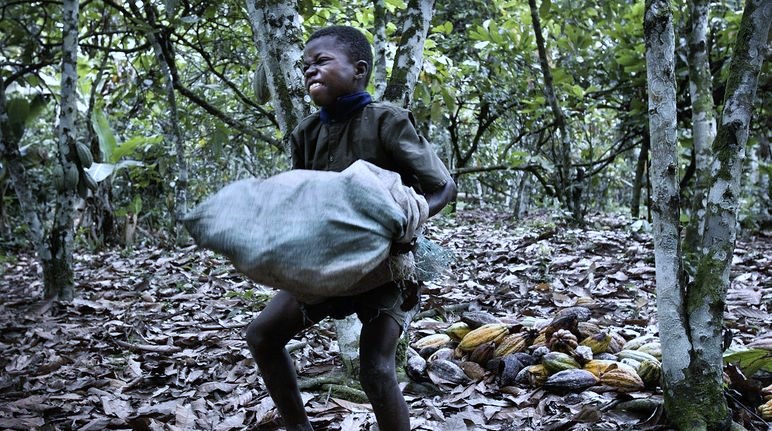
The prevalence of child labour in sub-Saharan Africa is higher than any other continental region on earth. More than 25.5% of the childhood population between the ages of 5 to 17 years old in sub-Saharan Africa are forced into child labour. By comparison, the average is 5.7% in Europe and Central Asia, and 6.0% in Latin America and Caribbean. Child labour in sub-Saharan Africa is denying more than 86 million children their basic human rights and exposing them to lifetime of emotional, psychological, and physiological distress. How can businesses and governments fix this?
Data Sources: UNESCO Institute for Statistics in 2022. International Labor Organization's analysis of statistics from Demographic and Health Survey (DHS), 2013–2014. International Labor Organization's Analysis of Child Economic Activity and School Attendance Statistics from National Household or Child Labor Surveys. UNICEF’s Data Warehouse.
More than 86 million children in sub-Saharan Africa forced into child labour, which more than 4 times the entire population of Switzerland, Belgium, and United Arab Emirates combined. The largest concentrations of child labour exploitation are in Nigeria and the Democratic Republic of Congo. The lowest population of children being exploited in the labour markets are in Swaziland and Liberia. The lowest percentage of the childhood population in child labour is in Rwanda. This data reveals an urgent need for governments to act in the interests of their people, or risk civil unrest in the future.
The causes of child labour in sub-Saharan Africa are complex, but the common factors are a lack of legal protections for children and an unethical acceptance in the global business community that low-income families in Africa can rely on young children to generate income. At present, the international legislation to eliminate child labour is weak and voluntary protocols only call for the worst forms of child labour to be eliminated. This has led to the international exploitation of children in Africa to lower costs of commodities that are purchased in the international commodity markets.
The agriculture industry accounts for roughly 78.2% of child labour in sub-Saharan Africa followed by the services industry, which accounts for 13.4% of child labour, and mining industry, which accounts for 8.4% of child labour. The major commodity markets that support child labour, include the tobacco, cotton, chocolate, textiles, precious metals, and gem stones markets. Interestingly, these are high profit margin markets that can afford to eliminate child labour by funding solutions to protect children from being exploited in the value chain.
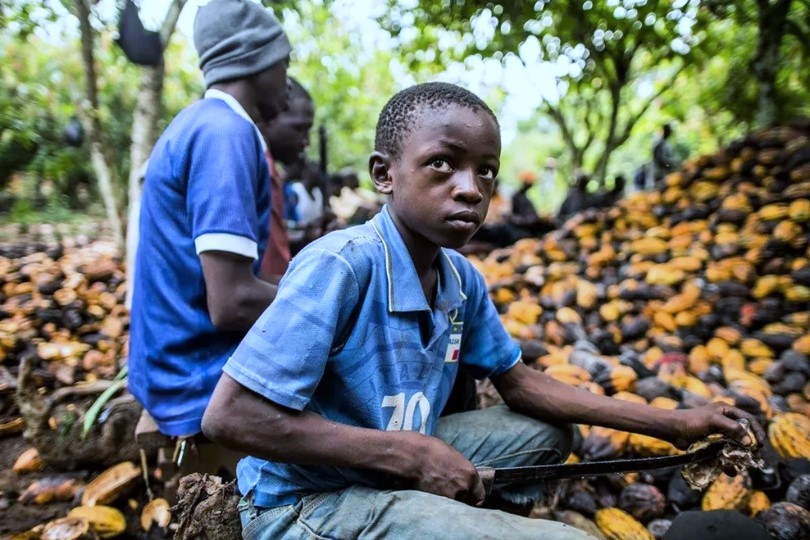
The growth in the Internet of Things (IoT), Computer Vision (CV) software, and Geographical Information Systems (GIS) have presented a significant opportunity to improve security surveillance and health and safety monitoring at every point in any commodity supply chain. The use of smart cameras can be deployed anywhere to record, detect, and classify every human activity in an commodity value chain. This makes it easy and cost-effective to monitor which businesses are involved in the exploitation of children, especially in agricultural plantations, artisanal mining, factories, and farms.
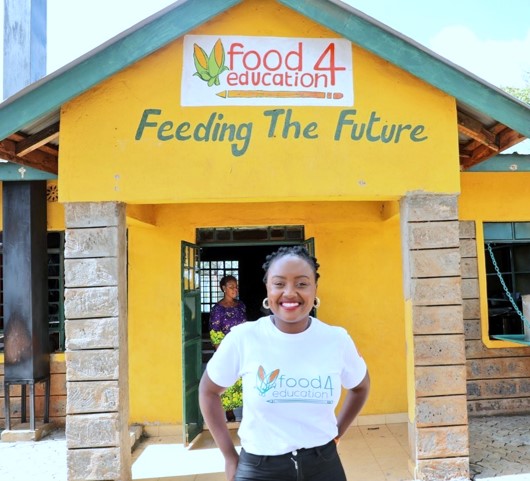
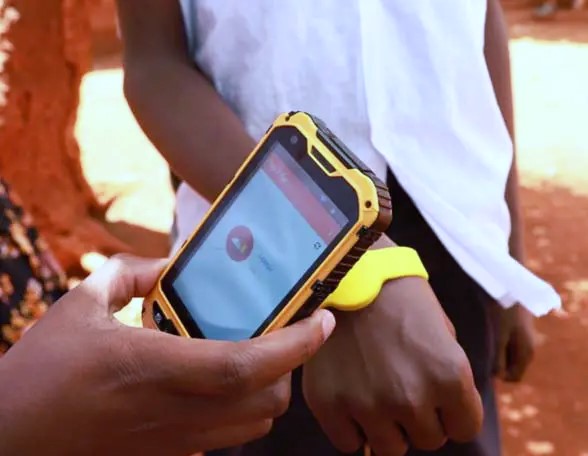
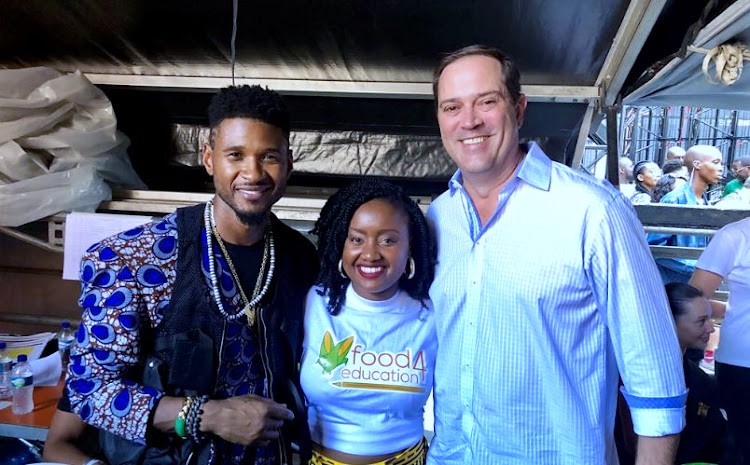
copyright Authentic Evidence Limited
Food for Education is a social enterprise in Kenya that demonstrates the power of innovation and IoT devices to protect and nurture the growth of children. The company feeds more than 33,000 children in schools across Kenya where children are given an IoT wristband that can be loaded with money to pay for school meals. The wristbands are also used gather data on school attendance, nutrition, and educational performance. The business has received investment from philanthropists and large corporates such as Cisco to scale their technology to promote the health and welfare of children in Kenya.
We are able to build smart IoT devices and Industrial IoT platforms that make it possible monitor every aspect of a commodity supply chain. The low cost of IoT cameras, GPS trackers, and Computer Vision (CV) software makes it easy to detect where children are being exploited in commodity supply chains and which companies are benefiting from the exploitation of children. With every aspect of a commodity supply chain under surveillance, it is now possible to identify every form of child labour in commodity supply chains and provide evidence to improve legislation to protect children.